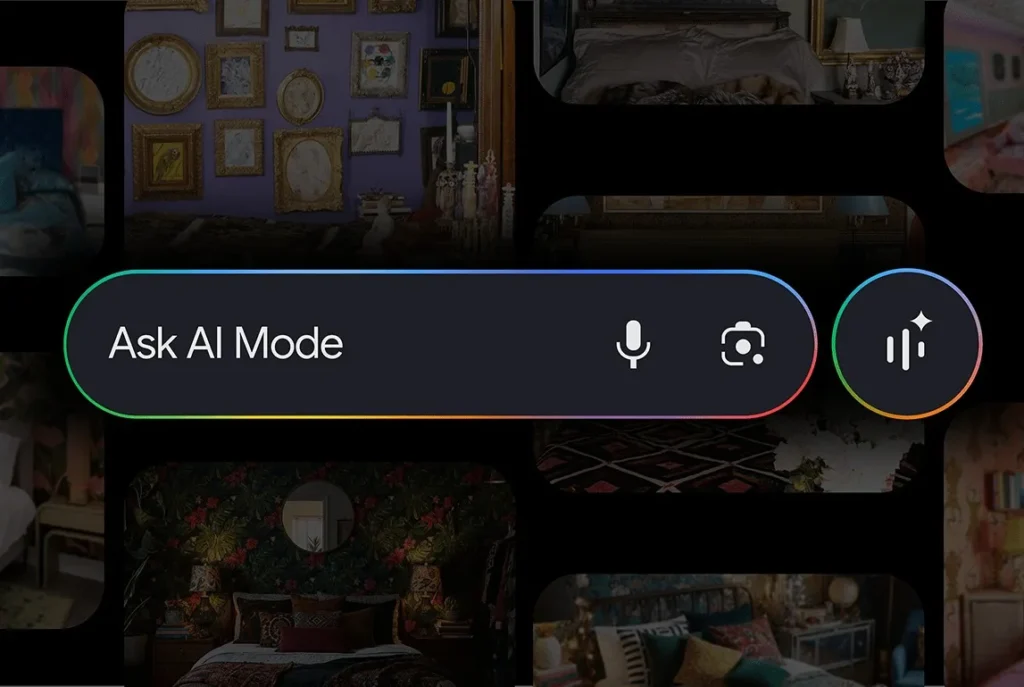Project Suncatcher: Google Aims to Place Its AI Data Centers in Solar Orbit
Google has just unveiled one of its most ambitious projects yet: Project Suncatcher, a research initiative aiming to place artificial intelligence data centers in orbit, powered by solar energy from space.
The goal? To find a sustainable solution to the immense energy demands of generative AI, which is causing a surge in electricity consumption on Earth.
Project Suncatcher: A Solar Bet… in Space
According to Google, space could become “the best place to scale AI computing power,” explains Travis Beals, Senior Director of the Paradigms of Intelligence division. In a blog post and a technical paper released this week, the company outlines its vision: “In orbit, satellites can capture nearly continuous solar energy, eight times more productive than on Earth.”
Specifically, Google envisions deploying its Tensor Processing Units (TPUs)—the chips that power AI models like Gemini—on satellites covered with high-efficiency solar panels, capable of providing electricity around the clock.
The idea is to harness a clean and nearly limitless energy source, free from the constraints of land requirements, cooling challenges, or the energy costs associated with terrestrial data centers.
Orbital Data Centers
Project Suncatcher aims to create true constellations of server satellites, interconnected to perform large-scale AI computations. However, several monumental challenges remain to compete with terrestrial data centers:
- Satellite communication: Connections must support data rates of several tens of terabits per second.
Google plans to keep its satellites within less than a kilometer of each other to reduce latency—a novel and risky formation due to space debris. - Radiation resistance: The Trillium TPU chips have been tested in the lab and can withstand radiation levels equivalent to five years of space mission without major failure.
- Sky-high costs (for now): Launching remains the primary obstacle. However, according to an internal cost analysis, operating an orbital data center could become “comparable” in cost per kilowatt/year to that of a terrestrial center by the mid-2030s.
A First Mission Planned for 2027
Google plans to collaborate with Planet, a satellite imaging company, to launch two prototype satellites as early as 2027. These vehicles will carry miniaturized TPUs to test the feasibility of distributed computing in orbit and energy stability.
This test flight will validate the equipment’s resilience, communication stability, and energy efficiency of the concept.
The Stakes: Between Innovation and Risks
Project Suncatcher comes at a time when AI is placing growing pressure on global energy infrastructures. Data centers already consume more electricity than some European countries, and this demand could triple by 2030.
However, relocating AI to space comes with consequences:
- Increased risks of orbital collisions due to the massive rollout of satellites,
- Concerns over data sovereignty and security,
- Dependence on the private space industry for maintenance and launches.
With Project Suncatcher, Google rekindles the spirit of its “moonshot” projects: ambitious, futuristic, and almost utopian. While the technical feasibility remains to be proven, the idea of relocating intensive computing to space opens a new frontier for the tech industry.
What if, in ten years, our ChatGPT or Gemini queries were processed… 36,000 kilometers above our heads?




